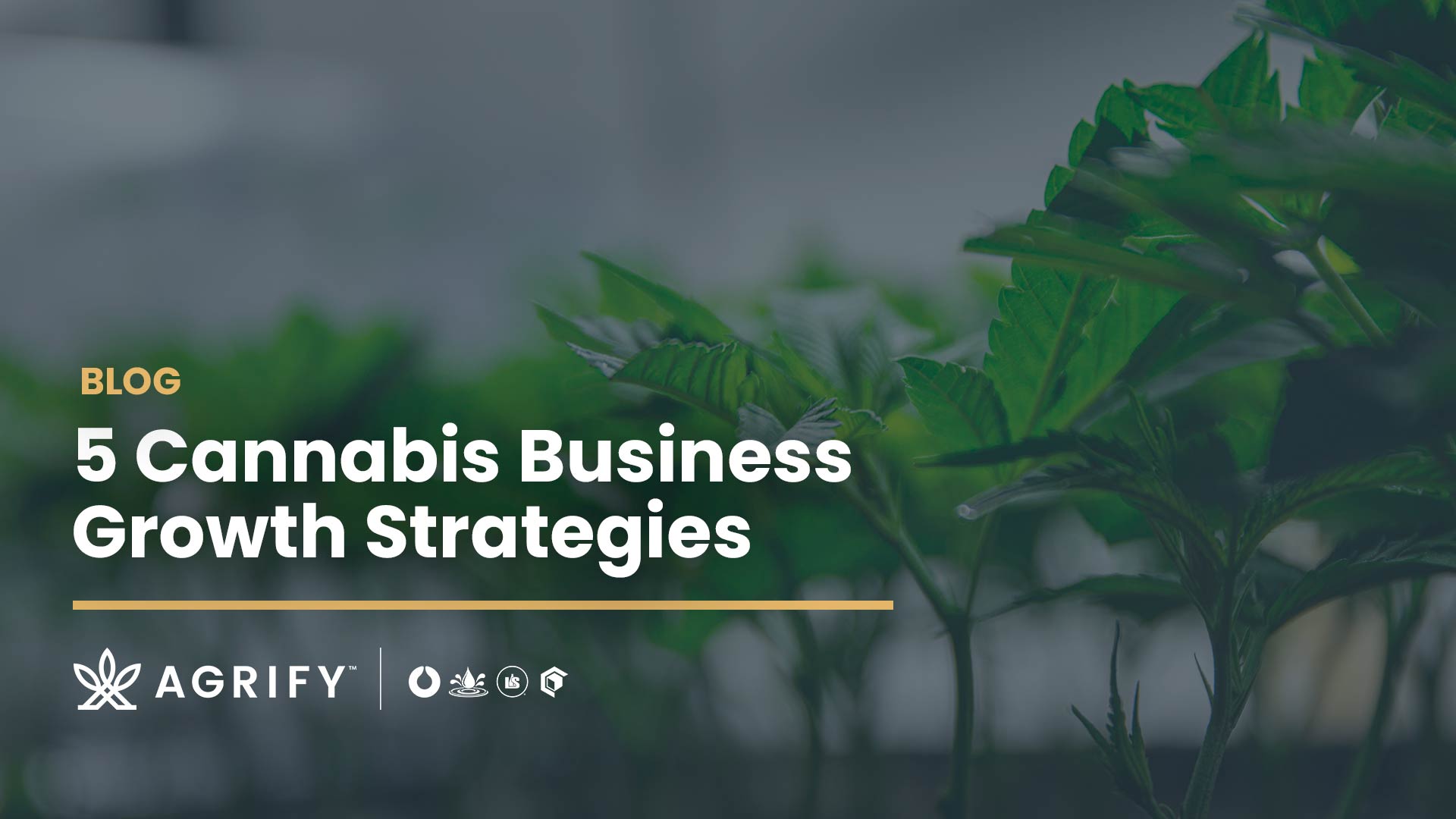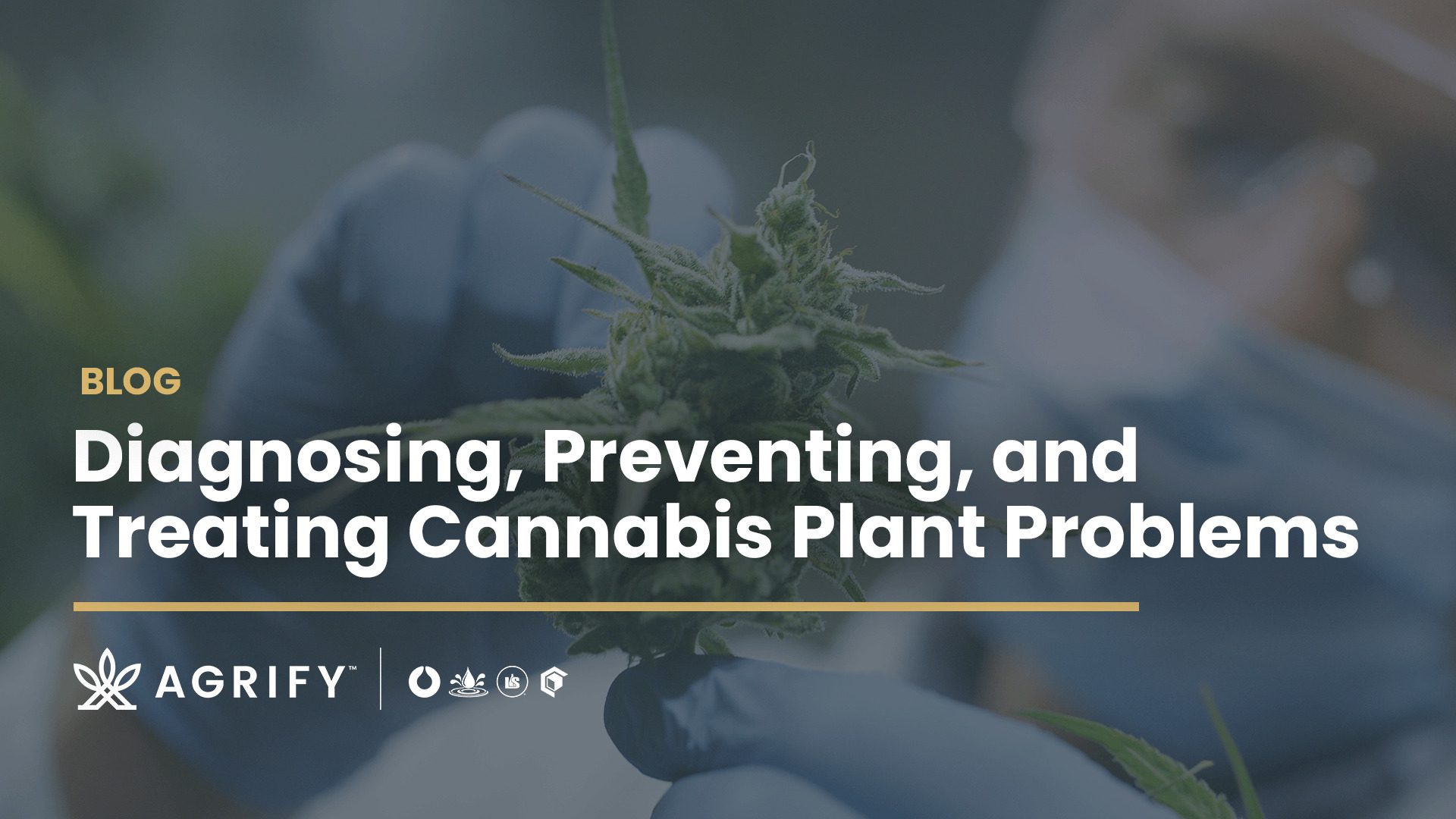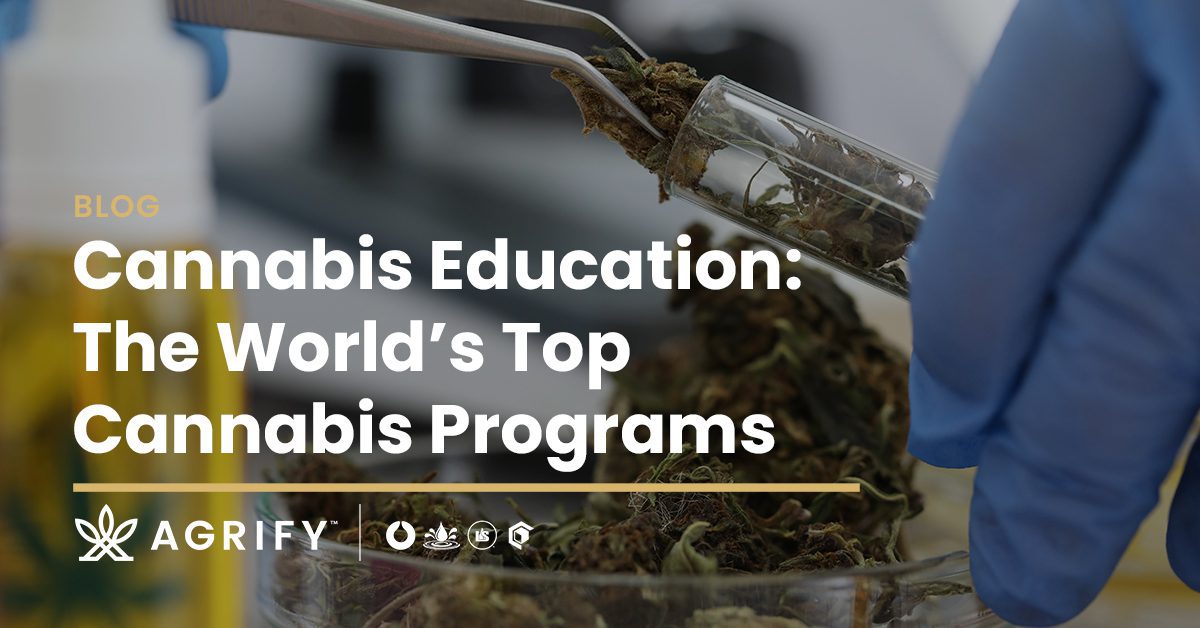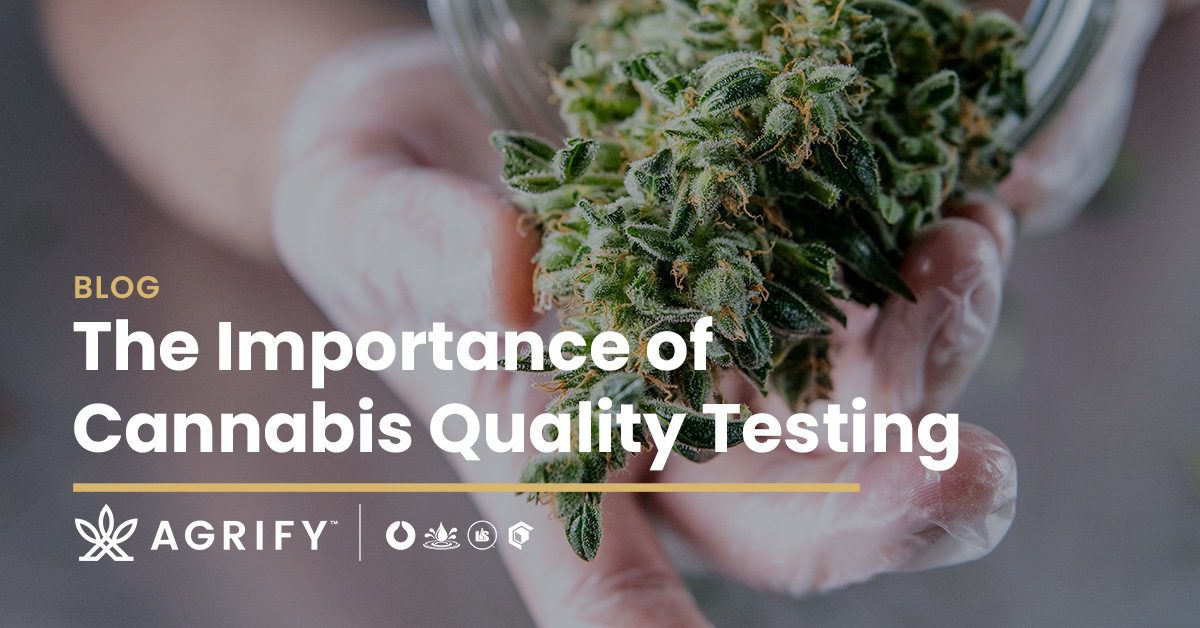Every grower has searched for “top-yielding cannabis strains” at some point in their journey. Online seed banks typically curate a collection of the biggest yielding strains, but there is a widespread lack of consensus among them.
With so much variability between growers, best-yielding strain is as much about environment as it is genetics. But how do you maximize the potential of a strain? By asking how to increase indoor cannabis production per square foot, you can ensure every strain you grow reaches its full genetic potential.
What Is Average Yield Per Square Foot for Indoor Production?
Per-square-foot production varies wildly from one strain to the next and from one grower to the next. There are also significant differences between facilities; even genetically identical clones grown with different pruning techniques, lighting, nutrients, or other variables will produce substantially different yields. This is one of the major reasons why there is no industry standard on yield per square foot, cannabis’ highly morphological nature makes it hard to quantify. This is clear as soon as you start searching.
Let’s look at some examples:
A research project conducted in 2016 by Cannabis Business Times reported an average harvest per square foot among participants as 39.5 grams. The range between the most and the least productive was notable: 20 grams per sq ft to upwards of 60 grams per sq ft.
A large cultivator interviewed for MJBizDaily in 2016 reported an average of 45 to 50 grams per sq ft, with one record harvest hitting 71 grams.
In 2019, the University of California, Agriculture, and Natural Resources published “First known survey of cannabis production practices in California” and reported an average of 72.57 grams per sq. foot (with a sizable range) among indoor cultivators.
These examples don’t even touch on the unsubstantiated yield claims made by breeders, seed banks, home growers, and popular online blogs. Clearly, despite becoming a multi-billion-dollar industry, there is still significant variation in production standards.
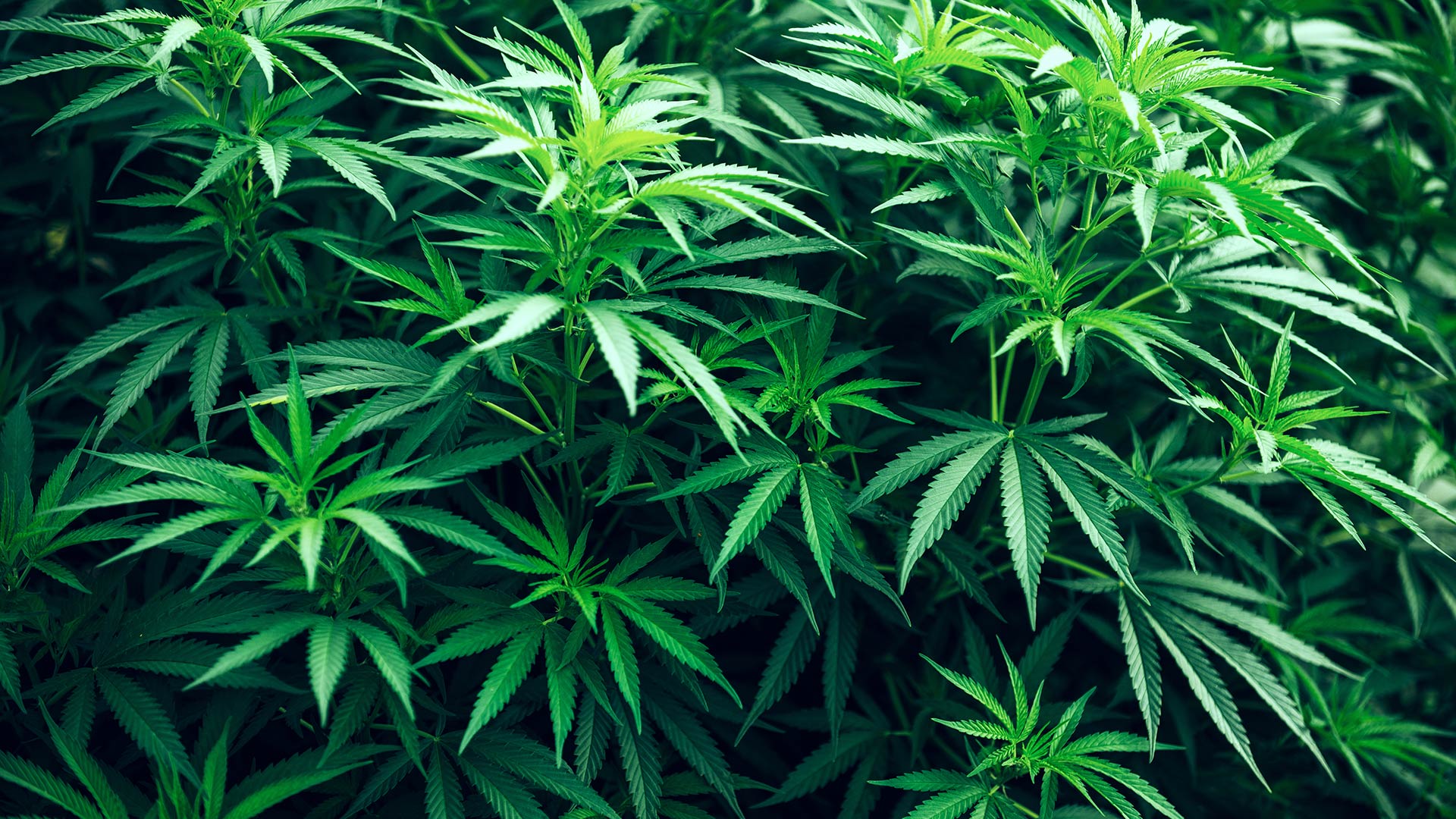
Strain and Environment
By now, it’s well documented that strain or variety name doesn’t always align with genotype. For example, among the hundreds of breeders selling Blueberry OG seeds and clones, there is very likely genetic variation from one producer to the next.
As a study in Cannabis and Cannabinoid Research made clear, “Naming conventions for cannabis chemovars are poorly or not at all defined.” The authors of this study determined that “[g]enetically identical chemovars may be labeled in dispensaries with different names, or different genotypes might be sold under the same name in state-licensed dispensaries.”
How Do You Maximize Production?
Cannabis is an incredibly morphological plant species whose development is as much influenced by its growing environment as by its genetic lineage.
In 2020, the study “Genetic Variability of Morphological, Flowering, and Biomass Quality Traits in Hemp” determined “a strong adaptive behavior” to 28 different environmental factors. While this study focused on hemp varieties, the results also have implications for THC-rich varieties.
Most notably, they discovered hemp-specific traits responded most strongly to:
- Photoperiod
- Temperature
- Soil composition
- Crop management practices
These results are supported by a 2022 meta-analysis published in Frontiers of Plant Science, which examined the effect of variety on yield and cannabinoid content. The researchers determined that, while plant variety did have an impact, differences in yield also boiled down to differences in environmental conditions and even pruning techniques.
The researchers concluded that, ultimately, “cannabis varieties respond differently to production conditions.” Therefore, the environment that fosters large flowers with high cannabinoid content in one strain won’t encourage another strain to produce the same results.
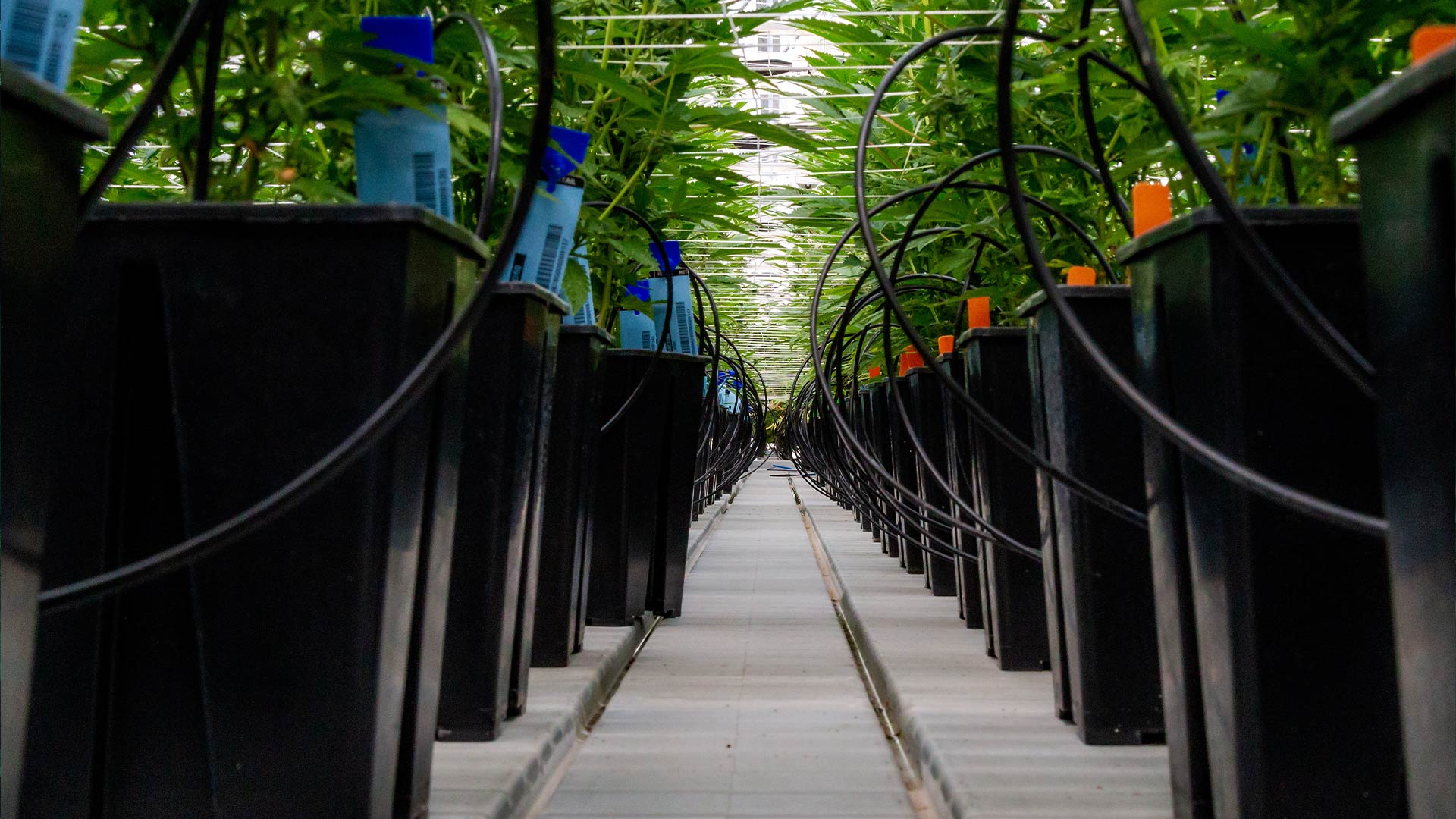
How To Increase Cannabis Production Per Square Foot
With such significant variation from one producer to the next, the industry average means very little. Instead, it’s more valuable to focus on a few science-backed principles for increasing your own yield per square foot.
These guiding principles will help you increase your own yield per square foot, no matter your pruning technique, genetics, or lighting fixtures.
Higher Plant Density
Logically, it makes sense: the more plants you can fit into a space, the more flower they will produce. However, there is a tipping point with cannabis where overcrowding increases the risks for disease while reducing light penetration.
Agrify’s Vertical Farming Units (VFUs) are engineered with the ideal plant spacing to achieve peak production while lowering the risks associated with overcrowding. Each VFU holds 64 plants split between two easy-to-reach levels, both accessible through dual-sided motorized curtains. Plus, with the ability to stack VFUs up to three tall, vertical space can be maximized.
Unlike an open grow room, where disease can easily spread throughout the room, the motorized curtains of the VFU serve as a barrier, helping to prevent the spread of disease between plants or throughout an entire grow.
Shorter Crop Cycles
As an indoor grower, your yield is already higher than an outdoor grow as you are not limited by weather or seasonality. Instead of reaping one harvest in the fall, you can produce multiple crop cycles a year.
According to the University of California’s survey mentioned above, “While outdoor production had the highest yield per plant harvested, indoor production generated higher overall yields per square foot harvested due to a shorter growing cycle and higher planting density, which allowed for multiple harvests from a greater number of plants.”
Yes, each individual cycle will produce less than you’d expect outdoors. But, collectively, you’ll harvest more per square foot as calculated annually. Among commercial cultivators, the standard is five harvests a year or roughly 10 weeks per harvest, allowing for a greater annual yield per square foot than outdoor grows.
Strain-specific Recipes
All cannabis requires the same basic inputs, yet individual strains will respond to unique variations on these inputs. As a grower, you can push each strain to reach its full genetic potential through experimentation and progressive adjustments to the environmental inputs.
To successfully apply strain-specific recipes to your own operation, you need to create precision-controlled microclimates, dialing in the photoperiod, irrigation, fertigation, CO2, and other variables.
The Agrify Vertical Farming Unit (VFU) has been explicitly engineered to create a strain-specific microclimate. With automated irrigation, fertigation, advanced LED lighting, and CO2, all packed into a single self-contained unit, it’s possible to tailor the grow environment to the strain. Plus, because each unit is sealed, you can potentially grow dozens of varieties in one large room — without ever compromising the individual microclimates.
When microclimate conditions are tracked, you have a recipe, which can be used to consistently replicate the environmental conditions from grow to grow to get the same yield time and again.
Measure, Monitor, and Manage
Second only to a controlled microclimate is the necessity of grow room monitoring. No matter how accurately one can control the indoor environment, data is the key to replicating that success.
Grow room data tracking lighting, irrigation, fertigation, CO2, and other inputs helps you understand what’s working and what’s not. This allows you to continuously improve from one cycle to the next to achieve the highest possible cannabis production per square foot. It’s this data that allows you to dial in your strain-specific grow recipes and course-correct when needed.
Each Agrify VFU is integrated with Agrify Insights, a cloud-based software platform that combines automation, precise environmental control, and data analytics with the scientific method. With upwards of 1.5 million points of data pulled from each VFU annually, we ensure you have the data and analytics you need to dial in your strain-specific recipes.
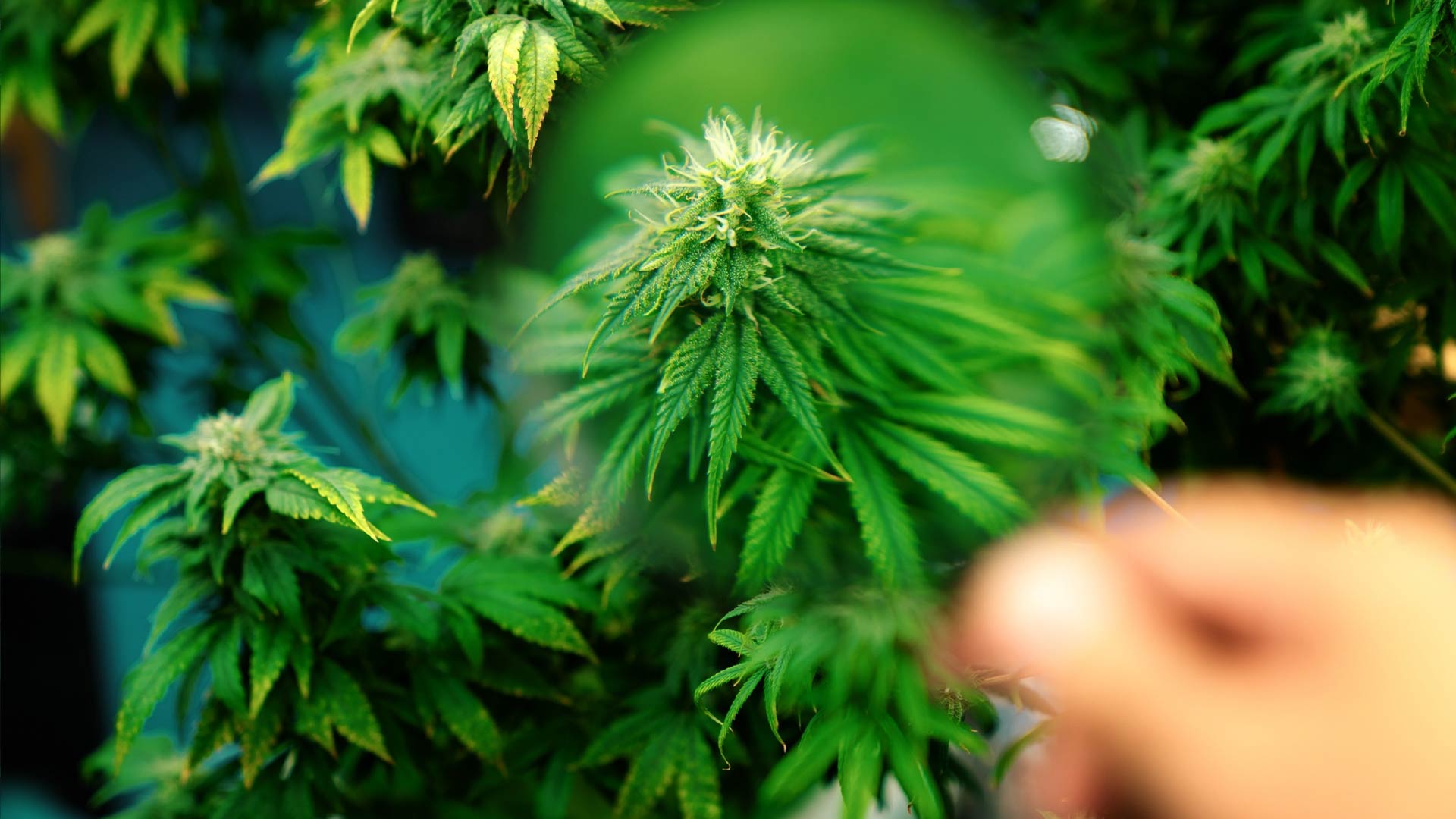
Increase Cannabis Production Per Square Foot with Agrify
No matter what strains you ultimately decide to work with, the grow room environment plays a key role in the final product. Dial in the environmental conditions with a strain-specific recipe and you can push any variety to bigger yields and richer phytochemical profiles.
Agrify helps cultivation managers and growers continuously improve each strain’s specific recipes to optimize yields, cannabinoids, and terpenes. Our purpose-built vertical farming hardware, integrated with the award-winning Agrify Insights cultivation software, can increase your crop yield by more than 6x over traditional indoor operations.
Beyond increasing yield per square foot, the Agrify VFU can boost cannabinoid potency by upwards of 29 percent over traditional techniques. By tracking conditions, Agrify enables the creation of grow recipes, ensuring you can repeat results harvest after harvest — all with significantly lower operational costs than the industry average.
Are you ready to optimize your yield? Get in touch today.

